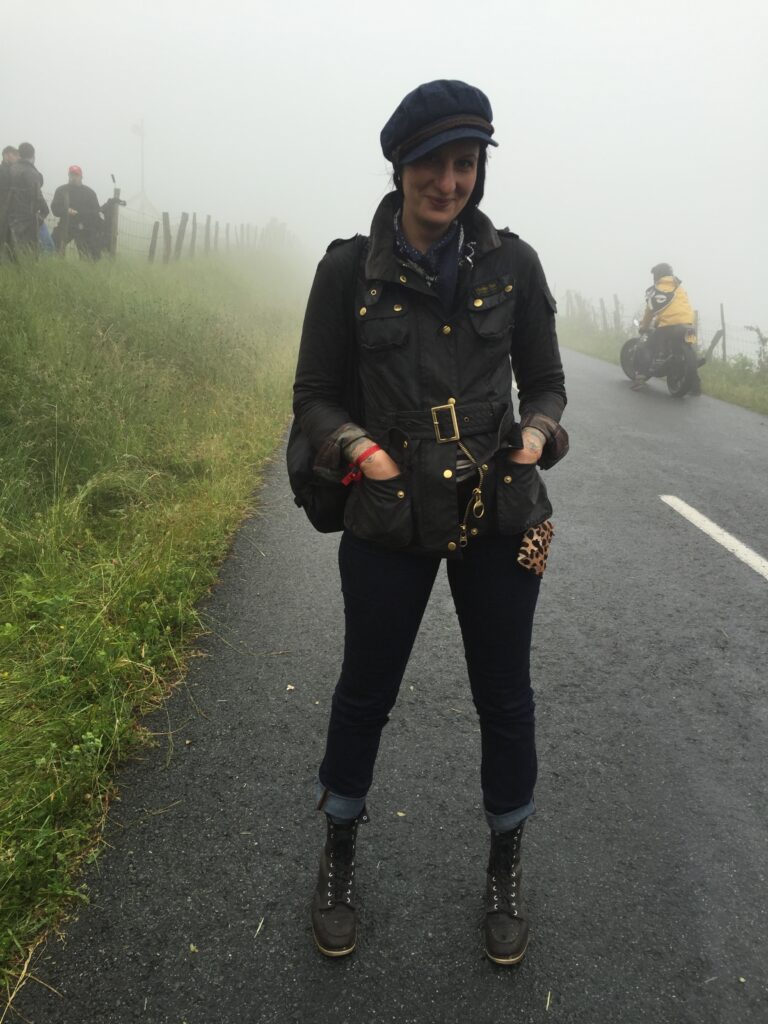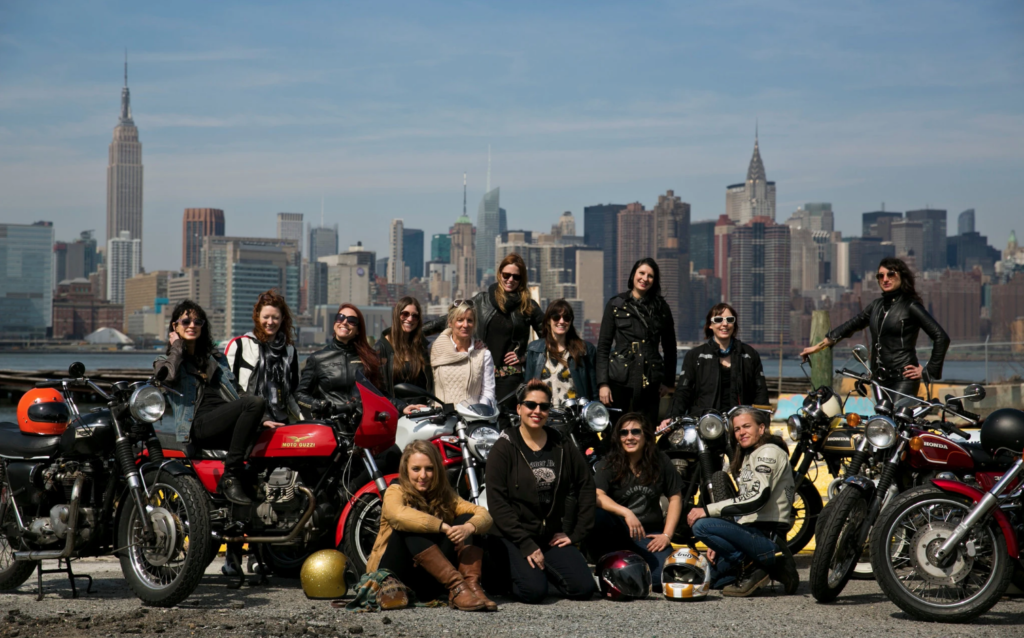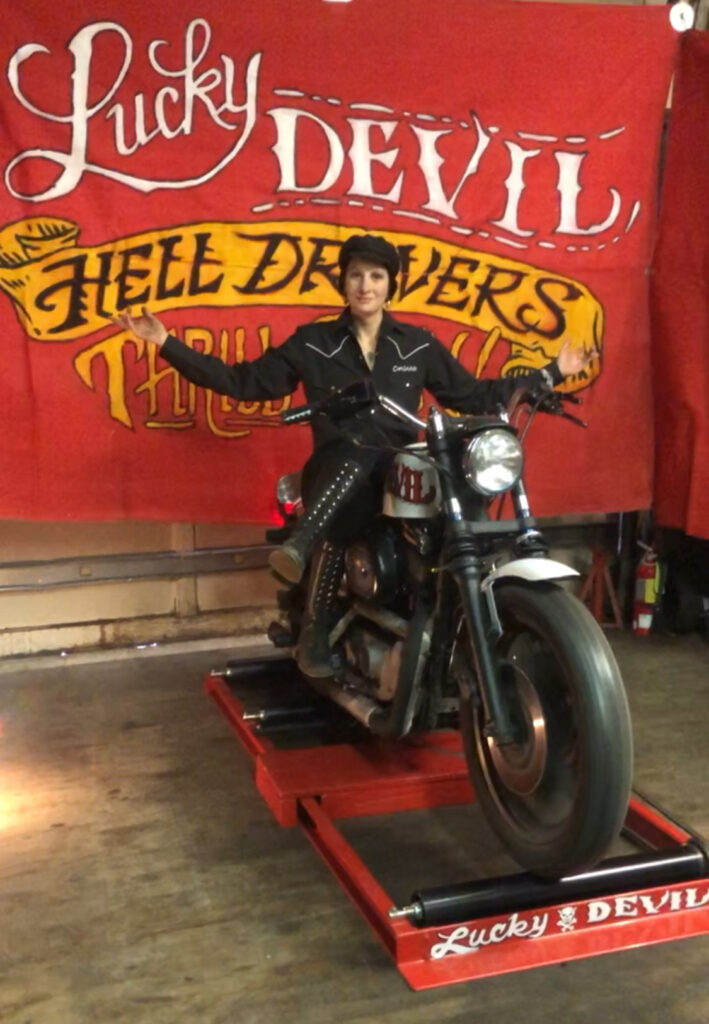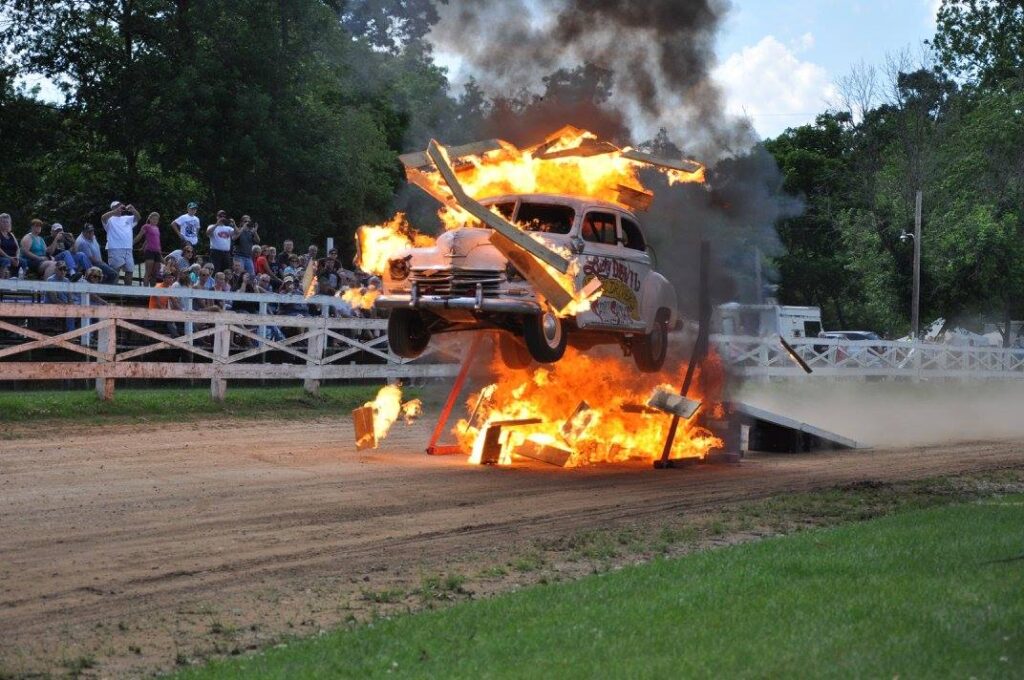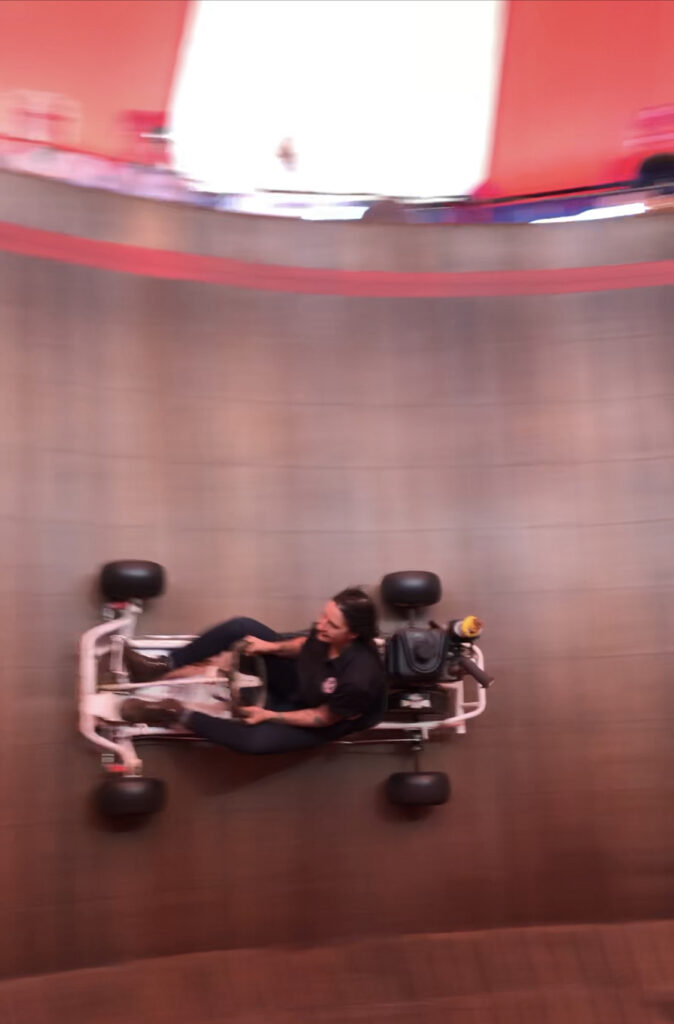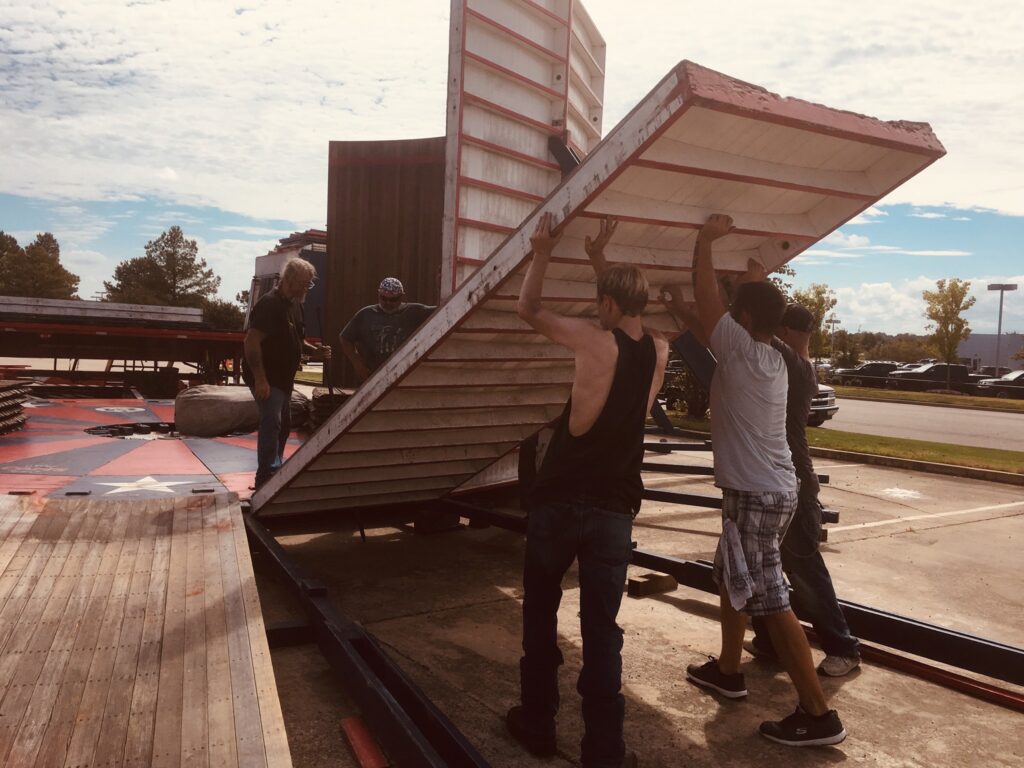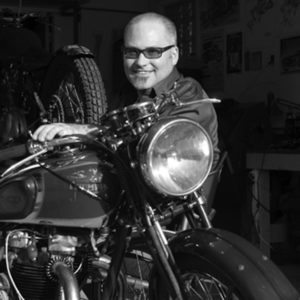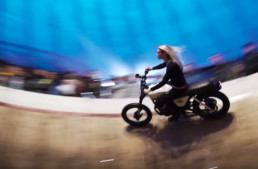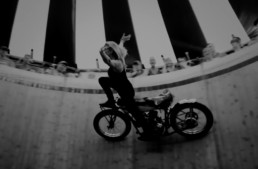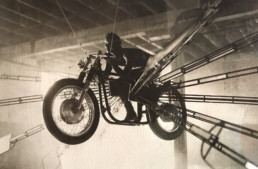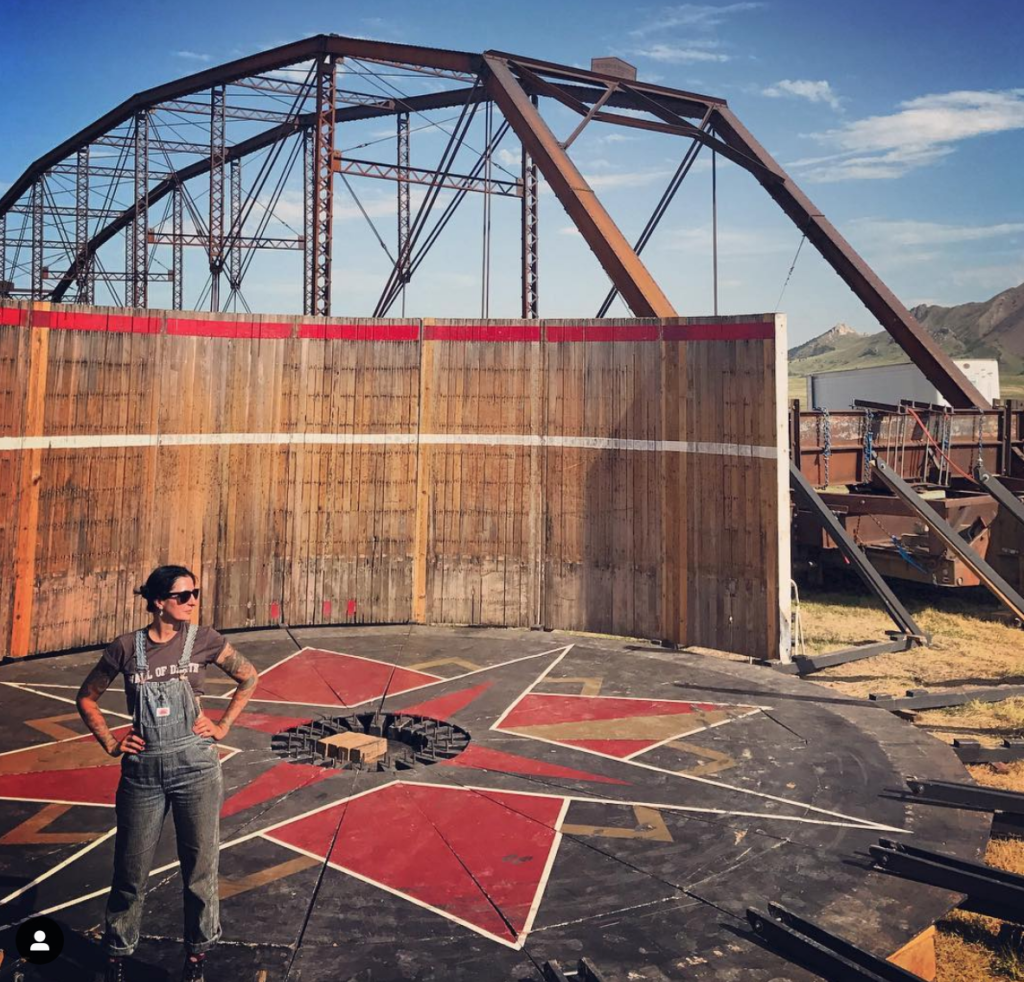
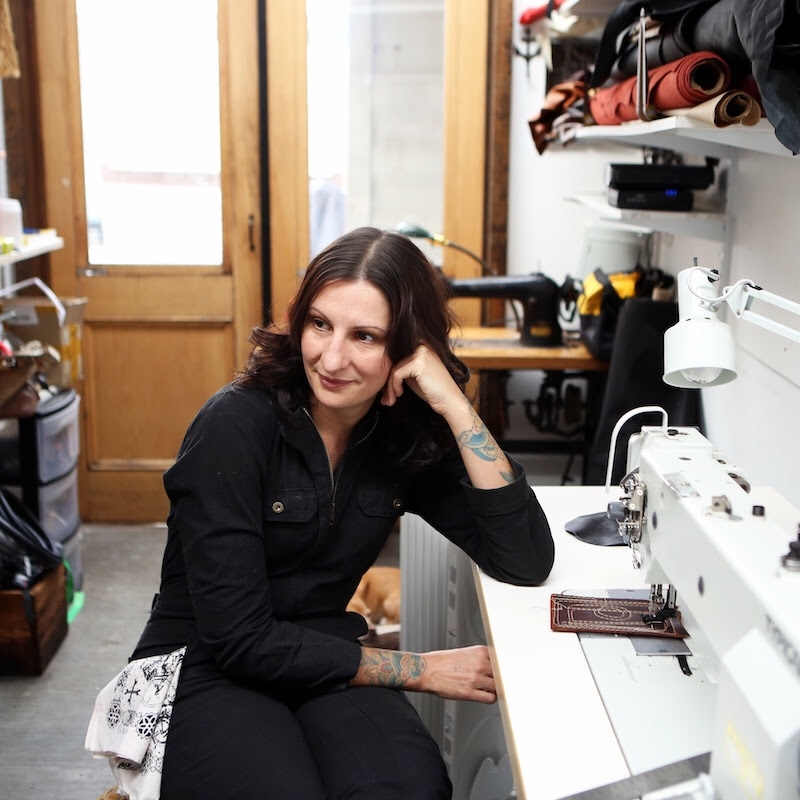
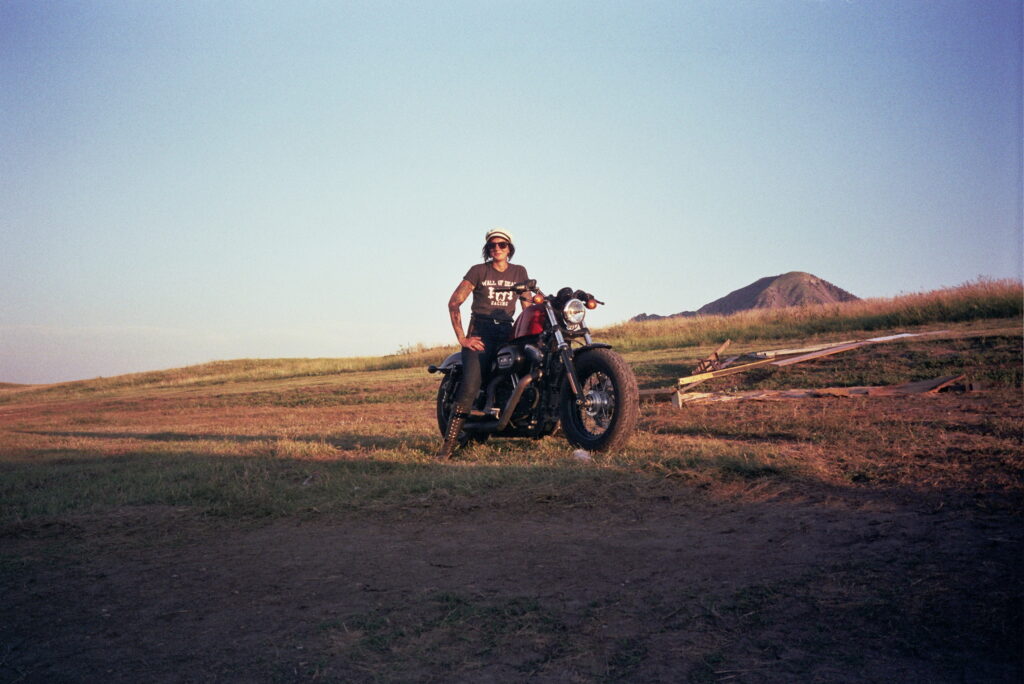
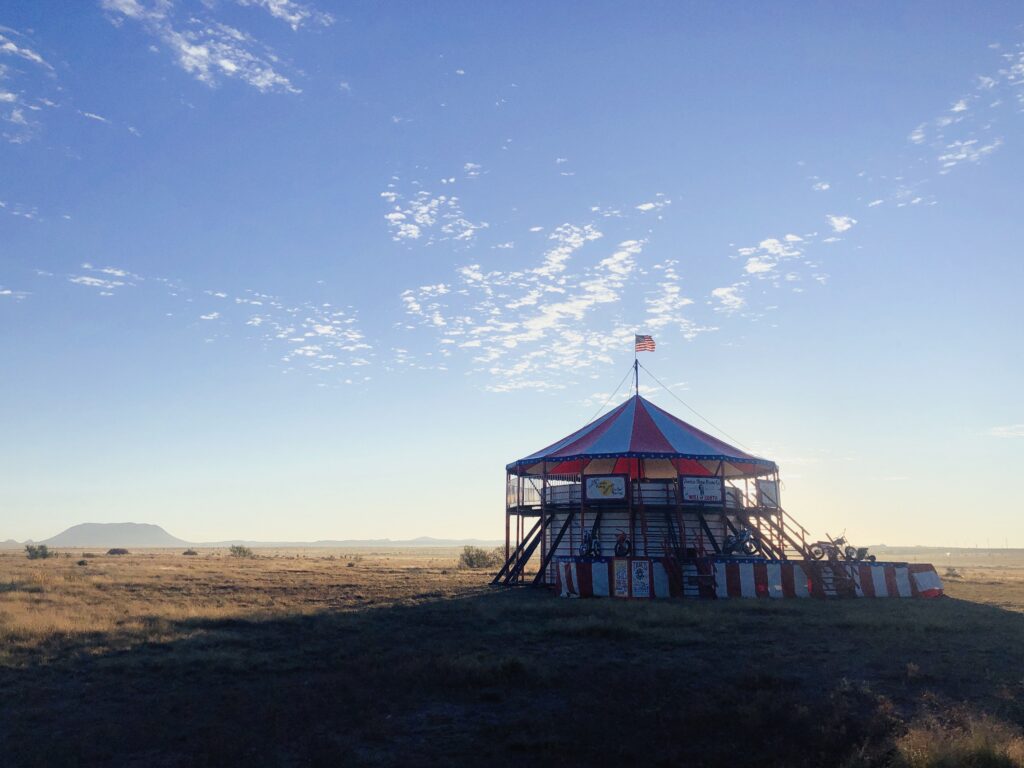
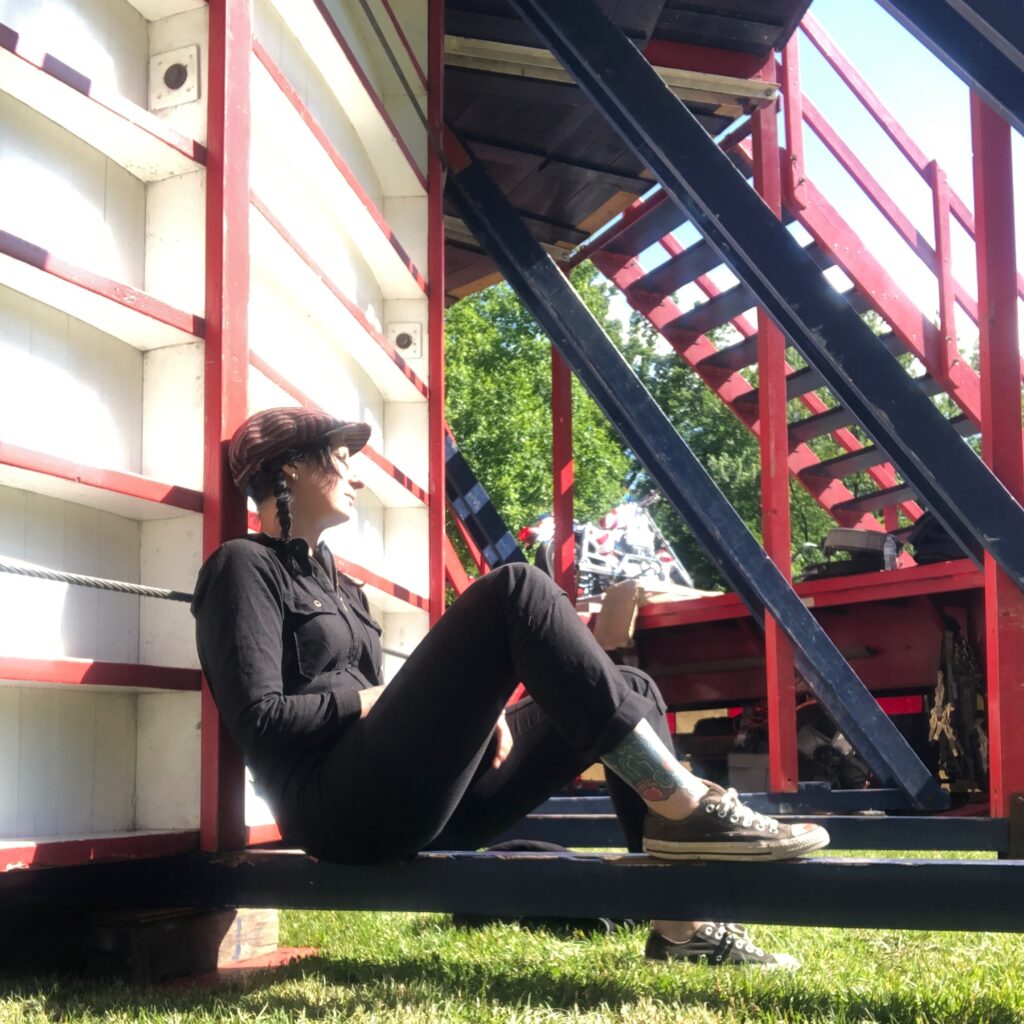
She continues, “By 2013, to take these films to a much larger audience, I cold-called Paul d’Orleans (founder of The Vintagent), and said, ‘I’ve got this project I could use your help with.’ Within 10 minutes, we were together on the idea.” The ‘idea’ was to create the first international Motorcycle Film Festival, riding the wave of energy building around the new custom bike scene. The Motorcycle Film Festival was incredibly popular with filmmakers, with over 100 new films submitted every year, and had the support of the motorcycle industry too, with support from Honda, BMW, and Cycle World, among many others. Paul came on board as a mentor and Chief Judge, using his industry and media connections to build an amazing international judging panel, including the likes of Ultan Guilfoyle (curator of the Art of the Motorcycle exhibit), Mark Hoyer (Editor of Cycle World), Melissa Holbrook Pierson (The Perfect Vehicle), customizer Paul Cox, and many other heavy hitters in the world of motorcycles and their related culture. The MFF premiered many features, like ‘Why We Ride’ and ‘On Any Sunday: the Next Chapter’, and had satellite screenings at Wheels&Waves in France and at EICMA in Milan (via Deus ex Machina). The arts festival scene is every bit as difficult as riding the Wall of Death, and the MFF was knocked down in 2016. But when the front door shuts, there’s always a window, and when The Vintagent was rebooted in 2016, film became an integral part of its architecture, and Corinna came on board as the Editor for Film. She brings new films every week to this site, which has become the world’s largest collection of curated online motorcycle films.
